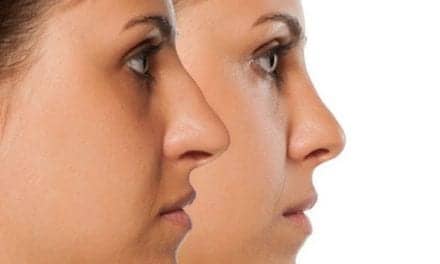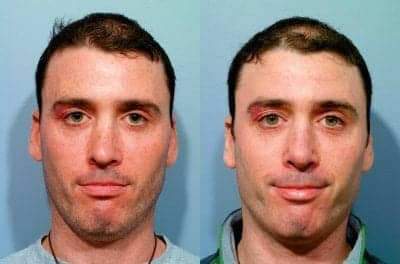Results demonstrated that the new patient-reported Standardized Cosmesis and Health Nasal Outcomes Survey may aid clinicians in evaluating both cosmetic and functional outcomes of rhinoplasty.
Researchers developed the survey and interviewed patients between October 2016 and April 2017 at a single tertiary clinic in the United States. The analysis included 18 pre- and postoperative patients, five clinicians, and a group of 191 nonrhinoplasty participants for what the researchers described as a “field test.”
The final survey included 10 items broken into two domains: four items dealing with nasal obstruction and six dealing with nasal cosmesis.
Results showed that Cronbach was 0.94 (95% CI, 0.92-0.95) in the obstruction domain and 0.94 (95% CI, 0.93-0.95) in the cosmesis domain.
In an exploratory factor analysis, each domain demonstrated a unidimensional capacity for evaluating its intended assessment target — either obstruction or cosmesis.
All items on the survey demonstrated factor loading estimates ranging from 0.74 to 0.92, according to the findings.
Researchers performed Kruskal-Wallis testing and observed significant differences between study groups — preoperative cosmetic, postoperative cosmetic, preoperative functional, postoperative functional and nonrhinoplasty — for all individual questions, composite scores and Nasal Obstruction Symptom Evaluation (NOSE) scores (P < .001).
A correlation was also reported between the obstruction composite and NOSE scores (r = 0.943; P < .001). However, the correlation between obstruction and cosmesis composite scores was less robust (r = 0.388; P < .001).
“The domains of obstruction and cosmesis were found to be internally consistent and unidimensional,” the researchers concluded. “The [Standardized Cosmesis and Health Nasal Outcomes Survey] provides a short, validated questionnaire that we recommend for use in all functional or cosmetic rhinoplasty patients.”



